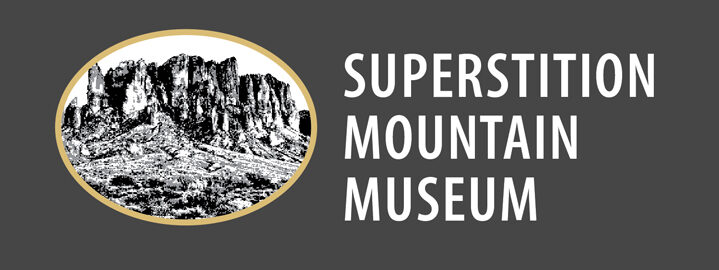Arrastre
An Arastre is a primitive mill for grinding and pulverizing ore. When viewing the Arastre (also spelled Arrastra), you will see the mill comprising a circular, rock-lined pit in which broken ore is pulverized by stones, attached to horizontal pole fastened in a central pillar, which stones are dragged around the pit.
Arrastre on the grounds of the Superstition Mountain Museum.An arastra, also known as a Mexican Rastra, was a primitive method used by early miners to process gold and silver ores. It was introduced to the new world by the Spanish in the 1500s. They were used throughout the world, often at remote locations where other processing methods were not feasible. It’s simple yet effective design made it a valuable tool for the early prospectors to process ore on location, without having to transport tons of material to a stamp mill.
Arastras were designed to extract the valuable gold or silver that was locked in host material. Unlike placer mining, gold that is mined from lode sources require crushing to extract the gold from rock. The basic design generally used large flat stones that were dragged around a circular pit made from flat stones. The drag stones were attached to a central pivot which allowed them to be dragged repeatedly over the ore that was placed in the arastra.
They were typically powered by horses or mules, although some were powered by waterwheels and even steam engines in later years. The ore was placed in the arastra, generally a few hundred pounds at a time.
Since each one was built on location, they were each somewhat unique in size and construction, although the basic designs were all more or less the same. The ore would be pulverized under the large stones until it was broken down to a coarse dust that could be further processed by the miners.

